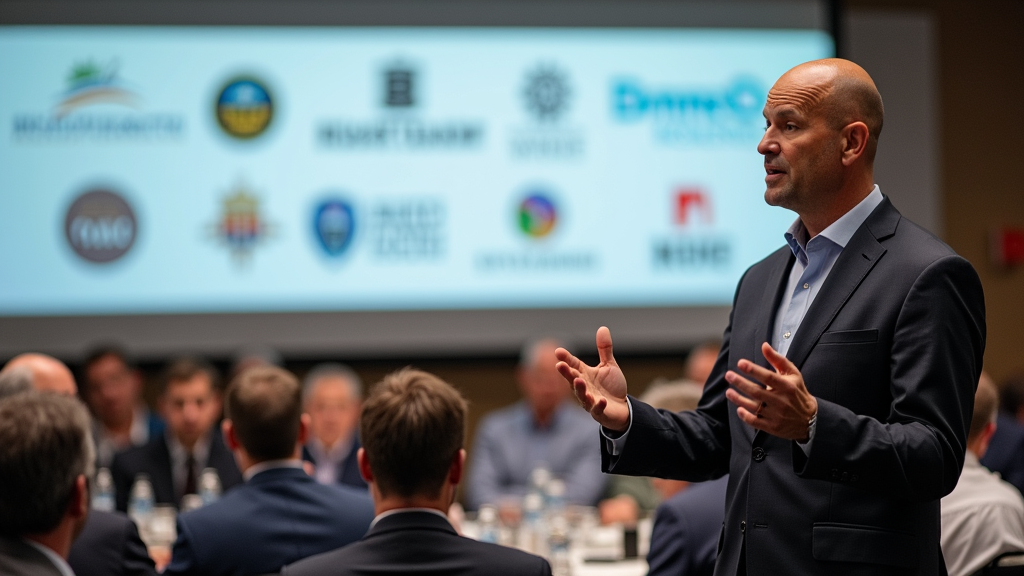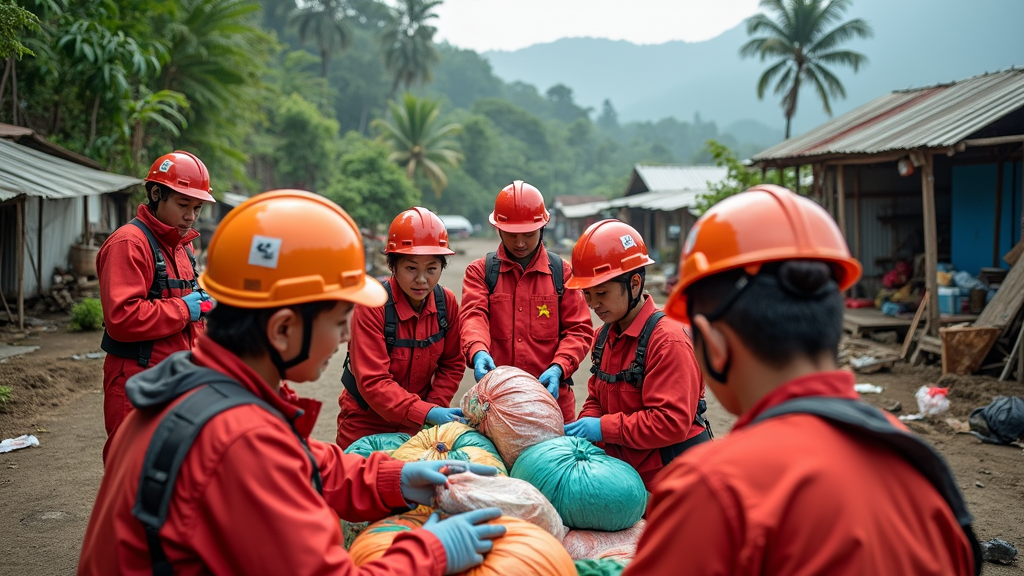Cocaine Trafficking Routes to Europe: Growing Trends Explored
Cocaine Trafficking in Europe: An Overview
Main Cocaine Trafficking Routes to Europe
The rise of cocaine trafficking into Europe has reached unprecedented levels, forming a complex network of routes that continuously adapt to anti-narcotics measures. As a crucial aspect of this phenomenon, maritime containers remain the primary channel for cocaine transportation, accounting for 71% of the total traffic. In 2021 alone, over 240 tonnes of cocaine were intercepted at European ports. Key exporting nations include Brazil, Ecuador, and Colombia, with Costa Rica rapidly becoming a significant transit hub.
The Rise of Semi-Submersible Vessels
These innovative vessels present a new threat, with two recently intercepted carrying cocaine in Europe. They highlight traffickers’ increasing sophistication and adaptability to evade law enforcement efforts.
The Caribbean Corridor
This route, passing through Venezuela and the Caribbean islands such as Aruba and Curaçao, facilitates up to 70% of supplies to Belgium, the Netherlands, and Spain. Characterized by weak port controls in Haiti and land transit through the Dominican Republic, it exemplifies the traffickers’ exploitation of geopolitical vulnerabilities.
Reasons Behind the Growth of Cocaine Trafficking
Cocaine trafficking’s escalation is fueled by several factors:
- Increased production in South America, particularly record coca harvests in Colombia, Peru, and Bolivia;
- Criminal infrastructure growth, exemplified by gangs like Los Choneros controlling Ecuador’s ports;
- Systemic corruption facilitating container movements, as observed with bribery in the Venezuelan military.
European Demand
There’s a rising demand for cocaine, especially in the UK and Eastern Europe. The UK has emerged as one of the largest markets, driven by expanding consumer appetites.
Traffickers’ Adaptation Strategies
Criminal networks have demonstrated adaptability by:
- Shifting destination port geography from major hubs to less conspicuous locations,
- Refining concealment methods from legal goods to double-bottomed containers,
- Utilizing Africa as an interim point in logistical chains.
Conclusion
Combating cocaine trafficking requires not just technical interventions but a holistic approach, including tackling corruption and reducing demand. Europe remains vulnerable due to globalized trade and its geographic distance from production sources. For further understanding of the issue, you may visit this BBC article for in-depth analysis.
latest video
news via inbox
Subscribe to the latest news in the world of politics and technology







